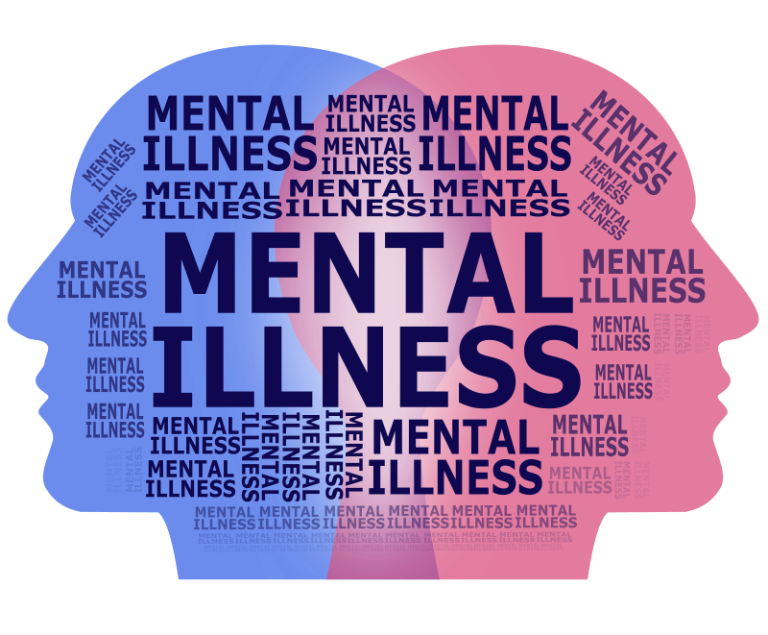Emotional Dysregulation and Suicide Risk in Teens with BPD: What a Major Study Reveals
-
by
Dr Constantina Katsari
- No Comments on Emotional Dysregulation and Suicide Risk in Teens with BPD: What a Major Study Reveals
If you’re caring for a teenager with Borderline Personality Disorder (BPD), you may have faced moments when your loved one says they want to die. These are terrifying experiences. But behind them lies a pattern—one that researchers are starting to understand more clearly.
A landmark 2021 study published in BMC Psychiatry reveals a vital insight: it’s not just BPD or depression that raises suicide risk, but how teens with these conditions struggle to manage their emotions. Emotional dysregulation—the inability to understand, process, and calm intense feelings—may be the critical link that turns emotional pain into action.
This blog unpacks the results of that study, translating them into language that carers can use to better understand risk and support their loved ones.
Key Finding #1: Suicide Attempts Are Extremely Common in Teens with BPD
Out of 85 teenagers diagnosed with BPD in the study, 80% had attempted suicide at least once. Nearly half had done so more than once.
These are not isolated incidents. They suggest that suicidal behaviour is a common part of the experience for many teens with BPD—not because they don’t want help, but because they feel emotionally overwhelmed and unable to cope.
This underscores the urgency for carers to understand not just the diagnosis, but the emotional processes that lead to these crises.
Key Finding #2: Emotional Dysregulation is a Core Risk Factor
The study showed that emotional dysregulation is one of the most important predictors of suicide attempts in teens with BPD. This means that the way a young person feels, reacts to, and tries to manage their emotions can be more telling than the presence of suicidal thoughts alone.
For carers, this means looking out for signs like:
- Rapid mood swings
- Intense reactions to small stressors
- Inability to name or talk about feelings
- Long recovery times after emotional upsets
These aren’t personality flaws. They’re signs that the young person is emotionally dysregulated—and therefore at higher risk.
Key Finding #3: Depression Adds Risk—But It’s Emotional Dysregulation That Makes It Dangerous
Many teens with BPD also experience depression. But the study revealed something important: it’s not just depression that raises suicide risk—it’s depression plus emotional dysregulation.
In fact, teens with both depression and emotional dysregulation were the most likely to have attempted suicide.
This means that for carers, it’s not enough to ask, “Is my child depressed?” The better question might be, “When they’re feeling low, can they manage those feelings—or do they spiral?”
Understanding that emotional chaos is the tipping point allows for earlier, more focused support.
Key Finding #4: Insecure Relationships Increase Suicide Risk—But in a Different Way
The study also examined how teens felt about their close relationships—whether they felt secure, loved, and able to rely on others. Teens with insecure attachment styles were more likely to attempt suicide.
But here’s the key distinction: insecure attachment increased risk independently of emotional dysregulation.
In other words, teens who don’t trust others or feel unloved may still be at risk even if they’re not highly emotionally reactive. Their suicidality may come more from isolation, rejection, or a sense of being unwanted.
This adds another layer for carers: offering consistent emotional presence and building trust can reduce risk—even if emotional regulation seems relatively stable.
Key Finding #5: Emotional Dysregulation Connects Depression to Suicide Attempts
One of the clearest results of the study is the idea of a “mediating” role. Researchers found that depression increased emotional dysregulation, and emotional dysregulation, in turn, increased suicide risk.
Think of it as a chain reaction:
Depression → Emotional Overwhelm → Suicide Attempt
This means that in teens with BPD, depression isn’t dangerous just because it brings sadness. It’s dangerous because it makes emotional regulation harder—turning pain into crisis behaviour.
So when supporting a young person who’s depressed, carers should also ask: are they coping with their feelings? Are they overwhelmed by small setbacks? Do they have the tools to self-soothe?
If not, they may be at risk, even if they’re not currently expressing suicidal thoughts.
Key Finding #6: Carers Must Focus on Emotional Skills, Not Just Symptoms
Because emotional dysregulation is such a strong predictor of suicide attempts, the study points to a clear target for prevention: emotion regulation skills.
Therapies like Dialectical Behaviour Therapy (DBT) or Mentalization-Based Treatment (MBT) work by helping teens:
- Identify what they’re feeling
- Learn to sit with emotional discomfort
- Respond with coping strategies instead of impulsive actions
For carers, this means:
- Learning to co-regulate (staying calm to help them stay calm)
- Avoiding arguments during emotional storms
- Using phrases like “I can see this feels huge for you” rather than “you’re overreacting”
- Helping name feelings (“You seem really overwhelmed—angry, sad, or both?”)
These small shifts can make the teen feel seen and reduce the urge to act on distress.
Key Finding #7: Both Emotion and Connection Need Attention
Because the study showed two different pathways to suicide risk—emotional dysregulation (especially when linked with depression) and insecure attachment—it’s vital to address both.
That means:
- Teaching emotional skills (through therapy, coaching, or resources like BPD UK’s AI Coach)
- Building secure relationships (consistency, non-judgmental support, trust over time)
Neither strategy is enough on its own. Together, they form a strong foundation for preventing suicide risk.
Final Insight: Emotional Dysregulation May Be the Most Modifiable Risk Factor
Perhaps the most hopeful result of the study is this: emotional dysregulation can change. Unlike some risk factors—like trauma history or genetic vulnerability—emotion regulation is a skill that can be taught and strengthened over time.
This is where carers come in.
You can:
- Help your loved one practice naming emotions
- Model calm responses
- Create routines that promote stability
- Seek out programs and therapies that teach emotional regulation
You can’t fix everything. But you can change the environment in ways that make emotional growth possible.
Conclusion
This 2021 study offers a simple but powerful message: teens with BPD who struggle to manage emotions—especially when depressed—are at the greatest risk of attempting suicide. Insecure relationships also raise risk, but through a different path.
For carers, this isn’t just more clinical data. It’s a blueprint for what matters most: helping teens understand their feelings, respond instead of react, and build relationships they can trust.
If you’re caring for someone with BPD, your role is not to fix them. It’s to create the space where healing can begin.
Full study: Mirkovic, B. et al. (2021). Borderline personality disorder and adolescent suicide attempt: the mediating role of emotional dysregulation, BMC Psychiatry, 21:393. Read here
💬 Caring for someone with BPD?
👉 Book a FREE One2One support session
🧠 Join our FREE webinars and peer groups
📩 To book email us at: info.bpduk@gmail.com
Discover more from BPD UK
Subscribe to get the latest posts sent to your email.




